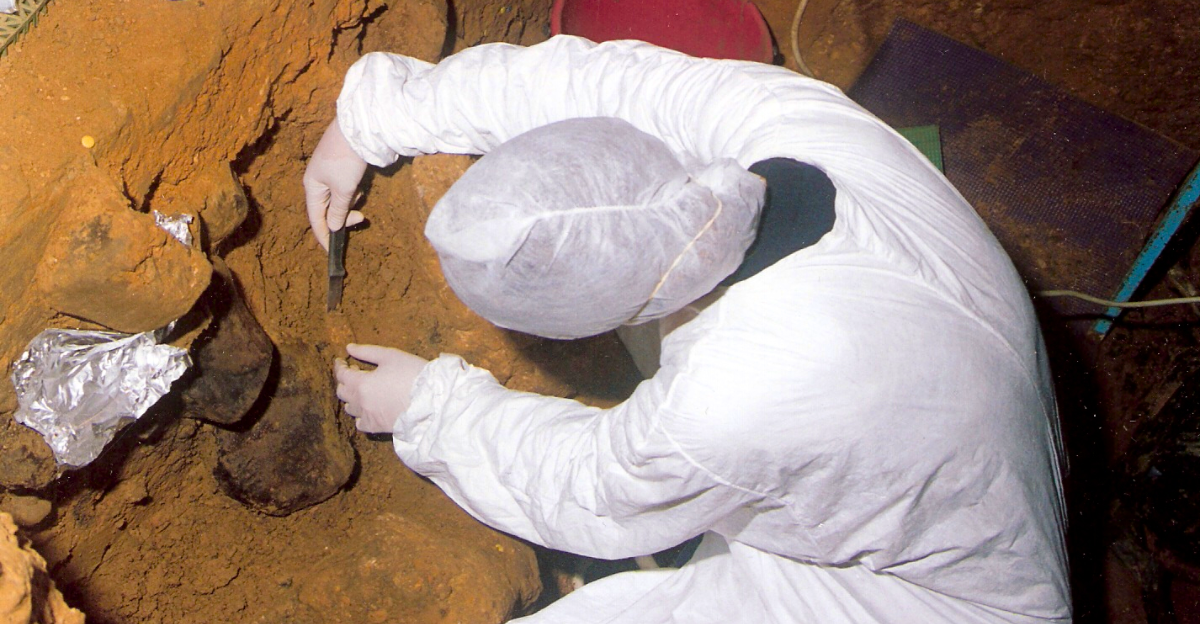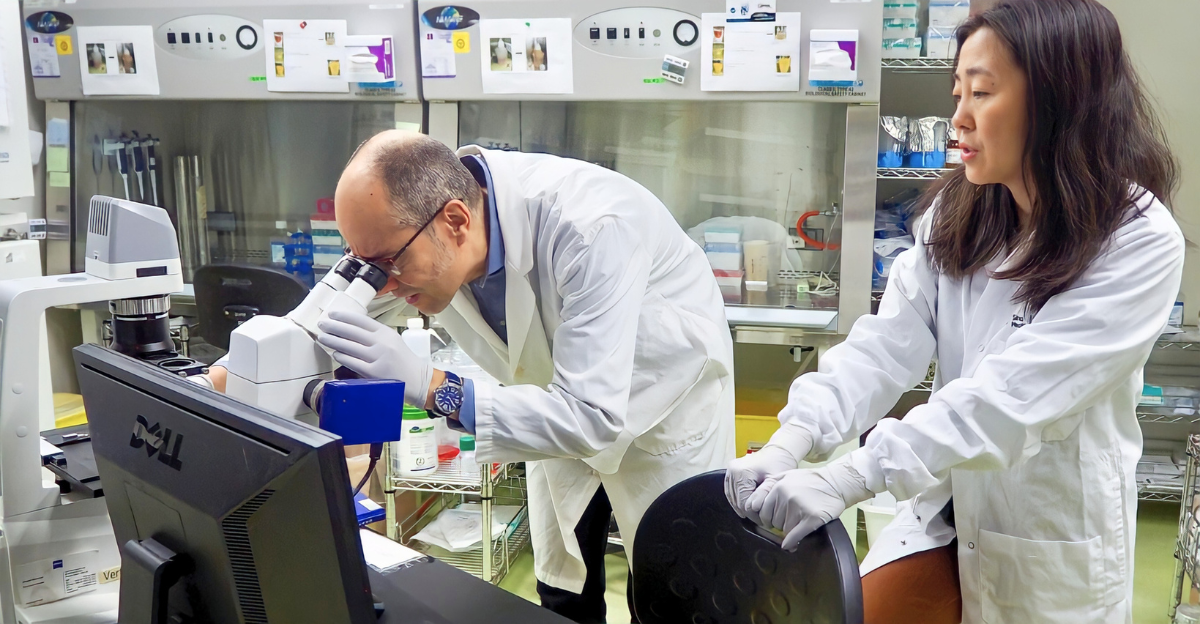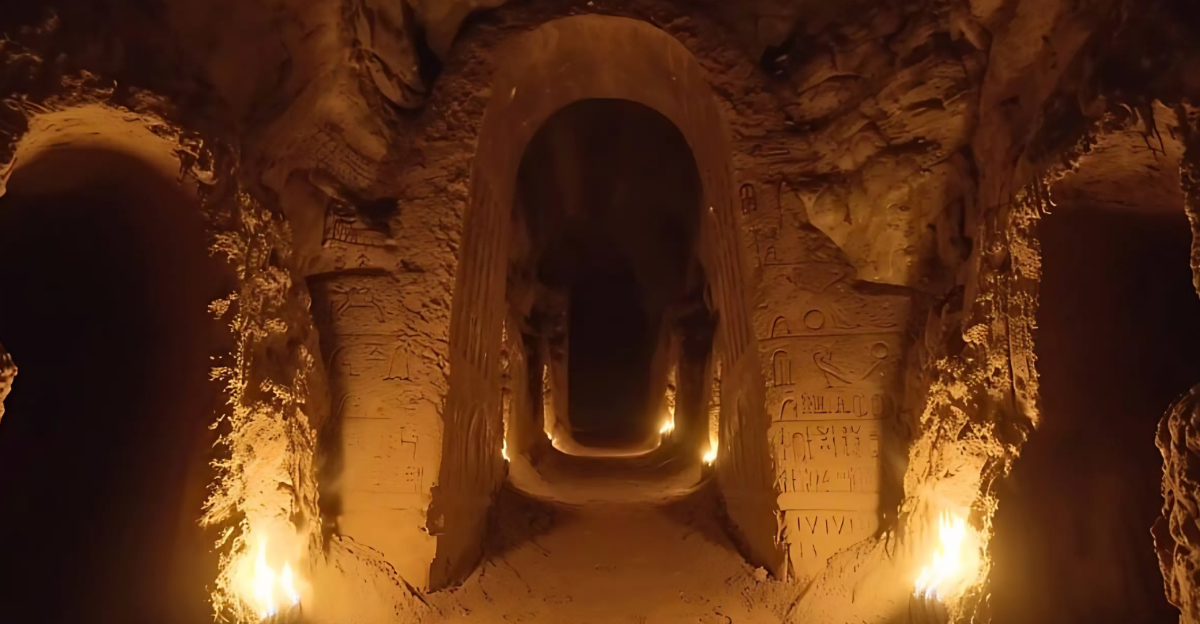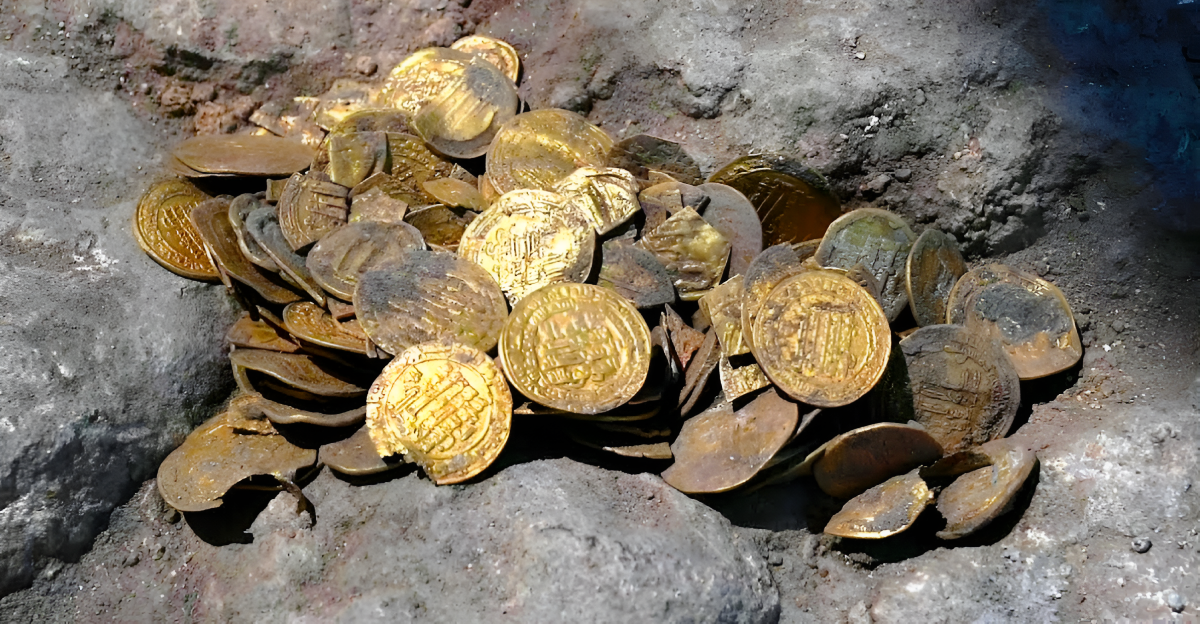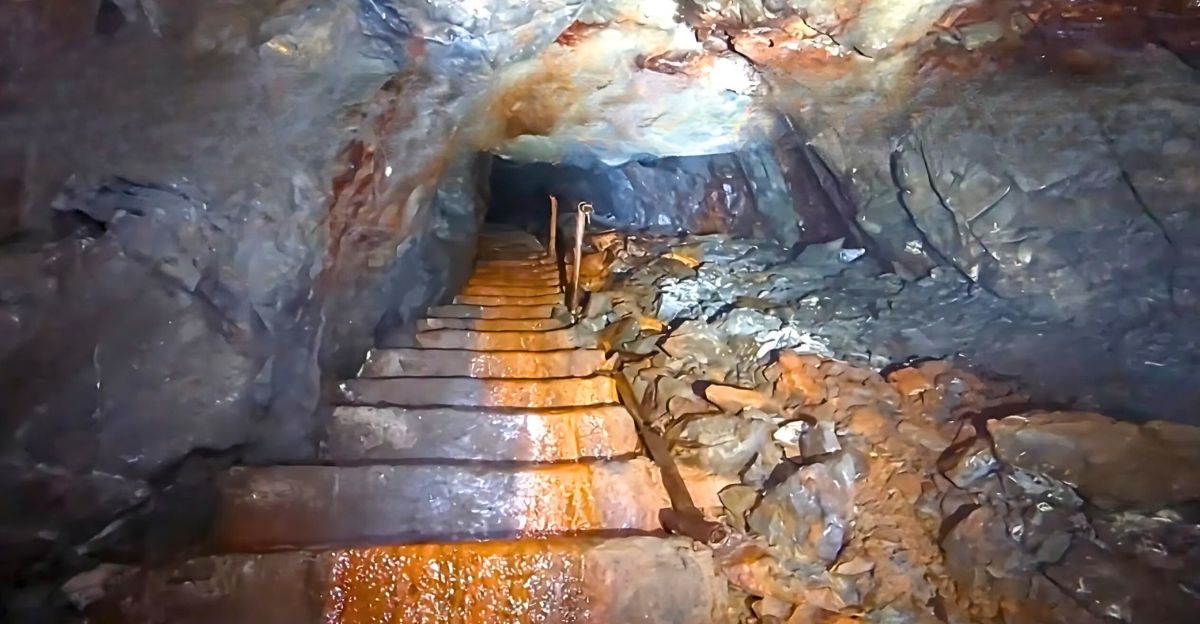
It began with a series of odd blue spheres glinting on Martian soil. No, not marbles or aliens—far more scientifically fascinating.
When NASA’s rover, Opportunity, drove past the red terrain close to Fram Crater in 2004, it took a series of pictures that would puzzle scientists for decades.
These small, spherical “blueberries” were not included in any modeled Martian geology. So, what are they? And how did they materialize?
Mars: A Land of Secrets
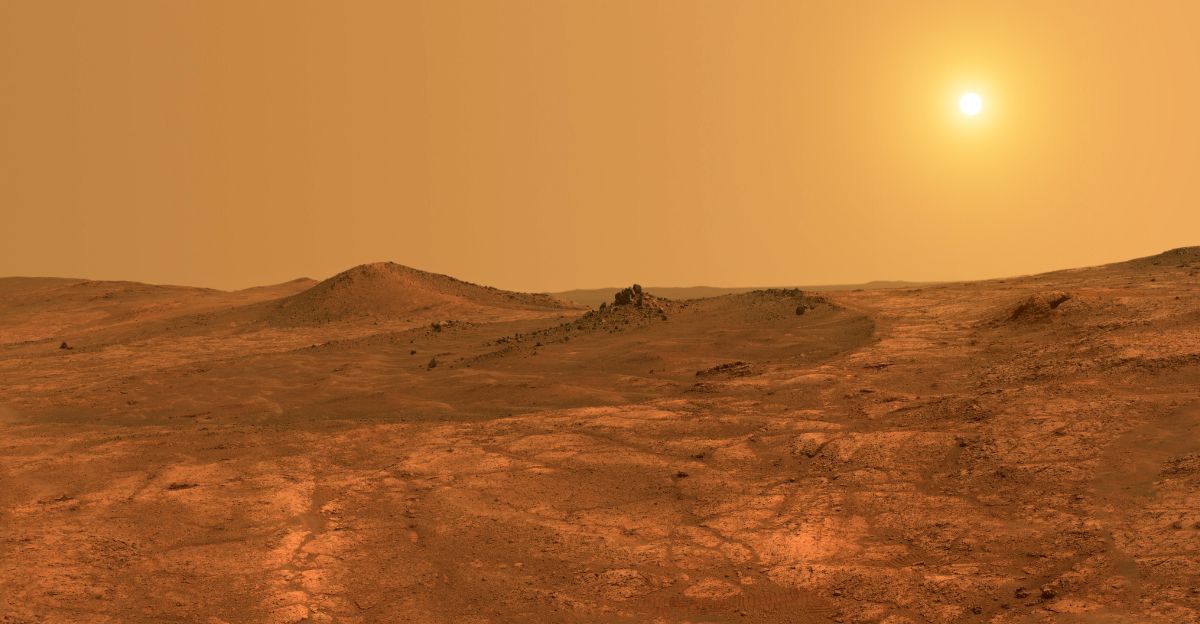
Since the first rovers landed on the planet, Mars has had surprise after surprise. Riverbeds that once flowed but now dried up, whirlwind dust storms, and craters dating back millions of years have stumped scientists.
Perhaps the most intriguing hint about the planet, however, did not originate from sweeping vistas—but in humble, round bumps no wider than a pencil eraser.
Opportunity’s Great Road Trip

NASA’s Opportunity rover arrived in 2004 and was only supposed to last for 90 sols (Martian days). It defied every expectation and traveled across Mars for nearly 15 years.
In its early weeks, as it was moving from Eagle Crater toward a larger basin called Endurance Crater, it paused near Fram Crater. That is where it saw something strange at its feet.
Zooming in on the Mystery

Opportunity snapped close-up photos of the soil on its robotic arm equipped with a microscopic camera. On Sol 84 (April 19, 2004), one of them showed tiny spherical objects covering the entire surface.
They were not pebbles; they were abnormally spherical, regular in form, and embedded in the soil.
The Birth of the ‘Blueberries’

Scientists baptized the enigmatic spheres “blueberries.” Despite the nickname, they weren’t blue but grayish, sometimes with a metallic glint.
The nickname stuck. What mattered more was that they were made of hematite. And that’s when people really started talking.
Hematite: A Curious Clue

Hematite is an iron-loaded mineral with a propensity to precipitate out of watery environments on our own planet.
That it showed up in these Martian spherules made one thing clear: there was water on Mars at some point. Might this icy, desolate world have once been balmy, moist, and perhaps inhabited?
The Science Gets Serious

NASA geologists stepped in. Chemical tests revealed that these blueberries weren’t just surface material—they had formed right where they were found.
That meant that some agent had pushed iron-bearing materials through Martian rock and left trails of mineral nodules as the water evaporated. It was Mars’ equivalent of fossilized raindrops.
But Wait—There’s More
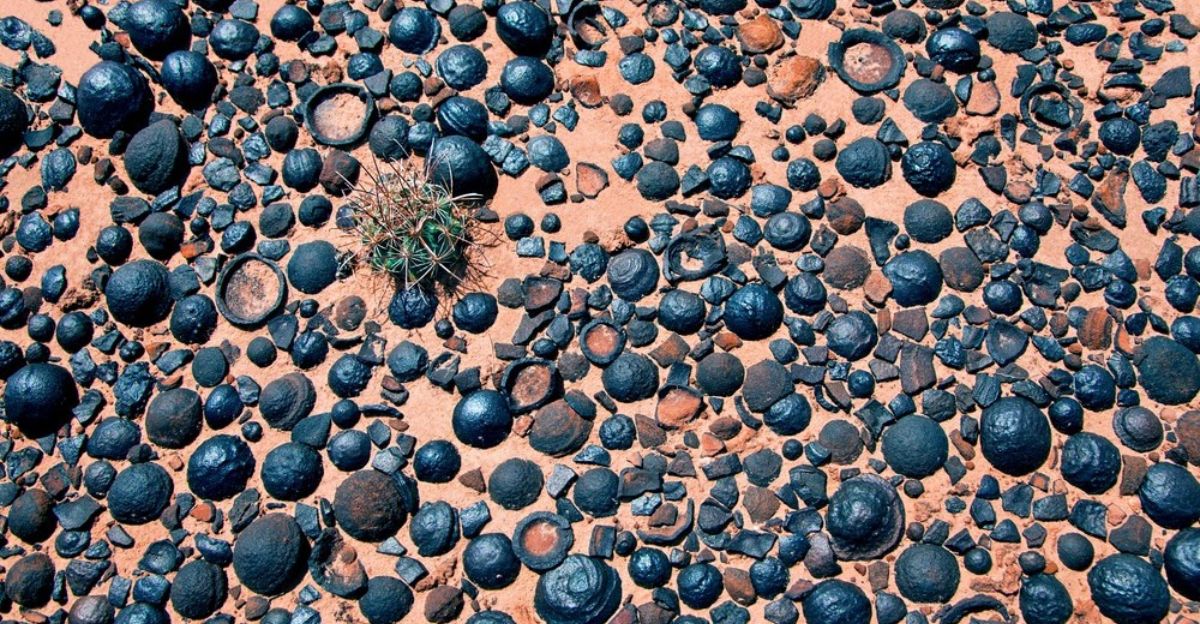
As the blueberry enigma was starting to take shape, Opportunity discovered something even more peculiar.
In 2013, close to a decade since the initial discovery, the rover discovered a white vein protruding from the red-colored rock. It was unlike anything previously seen.
A Puzzle in the Cracks

This unusual vein, subsequently named “Esperance,” was loaded with gypsum, a calcium mineral that indicates water once existed here.
It wasn’t formed as a rounded lump like the blueberries but had filled cracks in Martian rock. The chemistry varied, but the conclusion was the same: water once flowed here.
How Water Shapes a World

Altogether, the blueberries and the gypsum veins were unusual. Mars was not always cold and dry.
Ages ago, it likely had running groundwater circulating through its rocks, forming concretions and deposits. Conditions could have supported microbial life, similar to early Earth.
Why the Blueberries Matter

Mars is large, but these small blueberries uncovered an enormous secret. Their consistent shape, widespread distribution, and specific mineral composition were firm, tangible evidence that water once shaped the Martian surface. And where there’s water, there’s always the question: Was there life?
A Mission That Keeps Giving

Opportunity may have remained quiet in 2018 amidst a colossal dust storm, but its findings still influence Mars research today.
NASA continues to study the blueberries’ origin to further understand how and when water existed on the planet—and how long it may have lasted.
Looking Ahead: Perseverance and Beyond

Now it’s up to Perseverance, NASA’s most advanced rover yet, and future missions. These machines are not just studying rocks—they’re collecting samples that may return to Earth.
And if scientists were right about their characteristics, then the humble Martian blueberries might turn out to be one of the most important clues for extraterrestrial life.
From Spheres to Significance

What started as a few dusty spots in a microscope photo has turned out to be one of the most important leads in planetary science.
Martian blueberries not only reveal that water was once present on Mars: they remind us that even small things can change our understanding of the universe—and our place in it.
Uncover more fascinating moments from history — and hit Follow to keep the stories flowing to your feed!

Don’t miss more incredible stories from the past! Tap Follow at the top of this article to stay updated with the latest historical discoveries. Share your thoughts in the comments — we’d love to hear your perspective!


